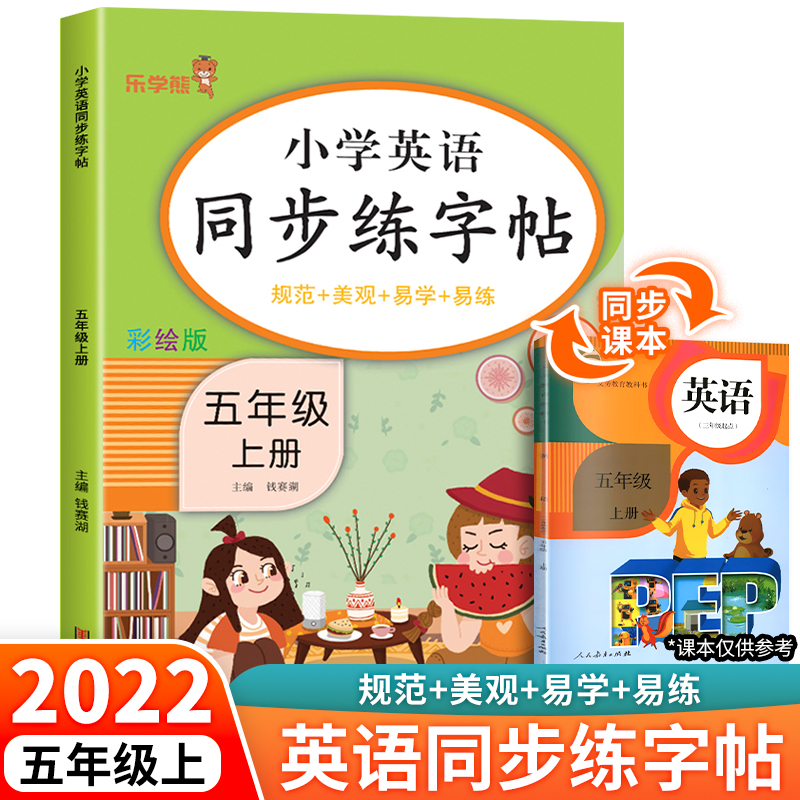I. 基础术语
A.Fabrics and Materials
1.Wool, silk, cotton, polyester: these are the four main fabrics used to create clothing. Each one has its own unique properties that influence how it feels, looks, and is worn. For instance, wool is warm and soft but can wrinkle easily, while silk is smooth and breathable but expensive. Cotton is durable but tends to shrink when washed, while polyester offers a high degree of flexibility without feeling as luxurious.
2.Blends: combining two or more fabrics to create new textures and properties. Examples include wool-silk blends for warmth and elegance, and cotton-polyester blends for comfort and durability.
3.Denier: a measure of yarn thickness based on the number of deniers (or threads per inch). The higher the denier, the thicker the fabric.
A.Clothes Labels and Descriptions
1.Sizing: specifying the appropriate size range for a particular garment. For example, "M" stands for men's medium, "L" for large, "XL" for extra-large.
2.Color: describing the hue of the fabric in a specific shade or tone. "Black" might refer to the color of the thread or dye used, while "navy" could indicate the color of the fabric's base.
3.Style: identifying the design style or cut of the garment. "Slim" might describe a dress with a narrow waist and long legs, while "Boho" might signify a loose, flowing blouse with a relaxed fit.
4.Pattern: detailing the intricate patterns or motifs found on the surface of the fabric. "Plaid" refers to a repeating striped pattern, while "stripes" might be a simple diagonal line pattern.
5.Detailing: indicating the level of embellishment or adornment such as embroidery, sequins, or lace. A garment labeled "ribbed sleeves" suggests a sleeve that is lined with raised ribbon.
C.Accessories and Footwear
1.Shoes: discussing the various types of shoes, including sneakers, loafers, sandals, and boots. For example, "running shoes" are designed for athletic activities like running, while "loafers" are typically associated with formal occasions or evening wear.
2.Bags and Handbags: describing the different styles and materials of bags, such as shoulder bags (satchels), tote bags, crossbody bags, and messenger bags. "Canvas handbags" might mean a bag made from canvas material, which is durable and affordable but less stylish than leather or synthetic options.
3.Jewelry: introducing different types of jewelry, including necklaces, earrings, bracelets, and rings. "Rings" could denote any type of ring, from plain metal bands to statement pieces with colorful gemstones or engravings. I
I. 进阶词汇
A.Cutting and Fitting
1.Sleeve length: discussing how to determine the correct sleeve length based on the body type. For example, a "long sleeve" might be ideal for someone who prefers to cover up their arms during cold weather, while "short sleeved" is often preferred by those who prefer a lighter feel or are more active in warmer climates.
2.Length: explaining the difference between shorts, jeans, dresses, skirts, etc. A "miniskirt" is a short, flared skirt suitable for daytime outings or parties, while a "jeans" is typically seen as comfortable but not necessarily fashionable.
3.Hemline: defining the position of the hemline on a garment, including "waistline," "hip," and "mid-calf." A "waistline" hemline is usually seen as flattering, whereas a "hip-length" hemline is often associated with a more relaxed and casual look.
A.Dress Codes and Etiquettes
1.Athletic attire: discussing the appropriate clothing choices for athletes, including sports jerseys, track suits, and workout gear. For instance, "athletic jogging pants" are designed specifically for jogging and provide comfort and support.
2.Business attire: Outlining the standards of dress for business settings such as a suit and tie, khakis with a shirt, or a dress code for an office setting. "Business casual" is often interpreted as being professional but also comfortable and easy to wear.
3.Casual attire: Explaining what constitutes a casual outfit, including t-shirts, denim, and flip-flops, as well as appropriate accessories like sunglasses. A "denim jacket" is perfect for transitioning between seasons, while a "flip-flop" pair is great for days spent at the beach or poolside. II
I. 时尚趋势与流行词汇
A.Fashion Trends
1.Celebrity style: Discussing how famous individuals influence fashion trends, such as the recent trend towards bold animal prints or the return to vintage looks inspired by the 1960s.
2.Seasonal fashion: Explaining how fashion changes with each season, including the use of bright colors, chunky sweaters, and cozy knitwear in winter; flowy maxi dresses in summer; and tailored pants and slim skirts in autumn and early winter.
3.Sustainable fashion: Highlighting the rise of environmentally conscious fashion choices such as organic textiles, recycled materials, and ethical production practices. An example is the growing popularity of vegan leather or recycled plastic bags as substitutes for traditional leather products.
A.Fashpack
1.Streetwear: Discussing the cultural significance of streetwear, which emerged in London during the late 1980s and gained mainstream attention due to its DIY and rebellious spirit. Today, streetwear is often associated with youth culture, urban lifestyles, and alternative fashion movements such as skateboarding and graffiti art.
2.Grunge: Explaining the origins of grunge fashion, which originated in the United States during the late 1990s and became synonymous with heavy metal music and skateboard culture. The term grunge was initially used by journalists to describe the aesthetic style of skaters who wore oversized T-shirts and ripped jeans, often with bold graphics and distressed details.
3.Lo-Fi: Describing the concept of lo-fi fashion, which emerged in Japan during the late 1990s as a response to mainstream fashion trends that favored glossy imagery and glossy materials. The term "lo-fi" reflects a nostalgic appreciation for simpler times and a rejection of overly polished aesthetics.
IV.文化差异对服装的影响
A.Western vs Eastern Apparels
1.Western Attire: Exploring how Western clothing traditions have evolved over time, highlighting differences in attire between countries such as America (formal dress codes) and Europe (casual dress). American football fans may wear team jerseys or jeans with a polo, while European football fans often sport traditional uniforms or casual shorts and a T-shirt.
2.Eastern Attire: Examining how traditional Eastern clothing reflects cultural values and societal norms. For instance, in China, traditional clothing like Hanfu or Maohua is often associated with a sense of elegance and respect for tradition, while in Vietnam, ethnic dress like Dai or Hoa Binh is often seen as vibrant and expressive of local identity.
A.Cultural Influences on Fashion
1.Festival Wear: Discussing how different cultures celebrate their holidays and festivals with distinctive clothing traditions. In Japan, kimono are worn during the summer festival season, while in Brazil, the Mardi Gras celebration involves elaborate costumes and masks.
2.Cultural Heritage: Highlighting how fashion can preserve and pass down cultural heritage through clothing choices. For African Americans, the use of head coverings like niqab or hijab is a way to honor religious beliefs and cultural heritage while also expressing individuality and self-expression.
V.总结及扩展阅读
A.Summary of Key Points This article delves into the intricacies of English vocabulary essential for understanding and discussing the world of apparel. From discussing basic fabrics and terms to delving into advanced styling concepts, this guide provides a comprehensive overview of the vocabulary related to clothing. By exploring cutting and fitting, fashion etiquette and dress codes, and understanding cultural nuances in fashion, readers will gain a deeper appreciation for the diversity and complexity of apparel language.
A.Further Reading For those interested in delving deeper into the topic of clothing vocabulary, there are several resources that can be explored beyond this article. Books such as "Clothing Language: An Illustrated Guide to Words, Phrases, and Expressions Used in Texts about Clothing and Apparel" by Susan J. Kleppner offer detailed insights into specific words used in the field of apparel writing. Additionally, online courses offered by universities and institutions such as Harvard University's Fashion Writing program provide practical training in crafting engaging content about clothing 推荐阅读》

 家长点评网
家长点评网











